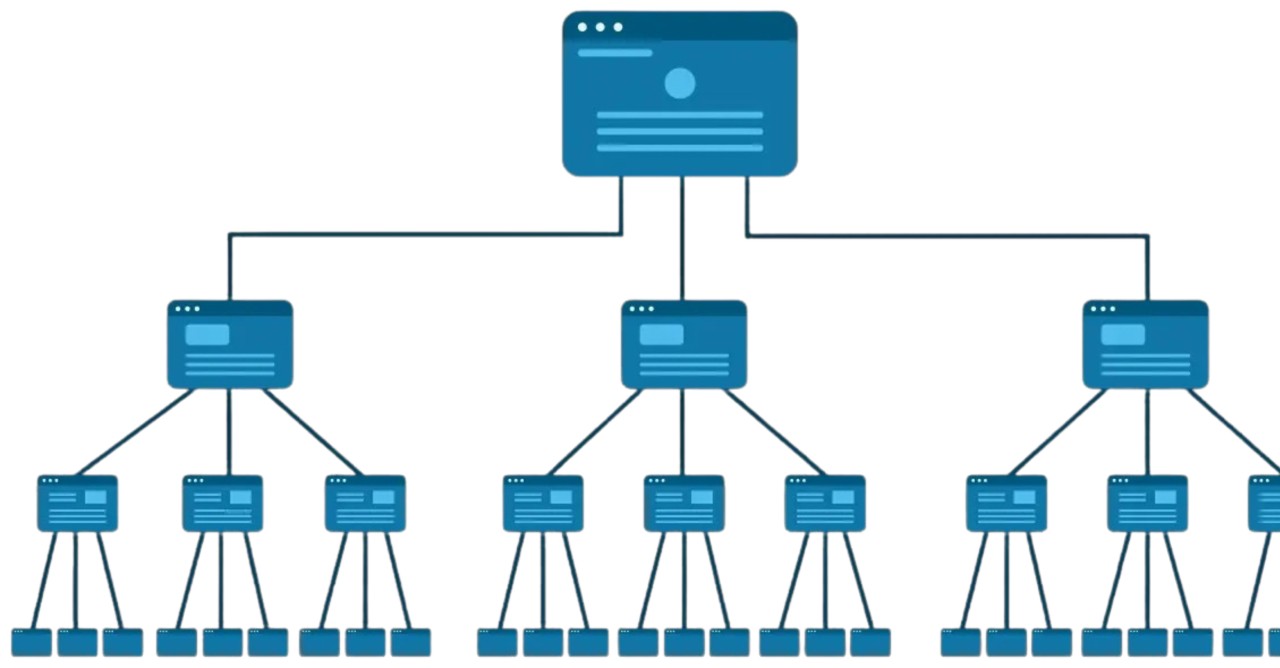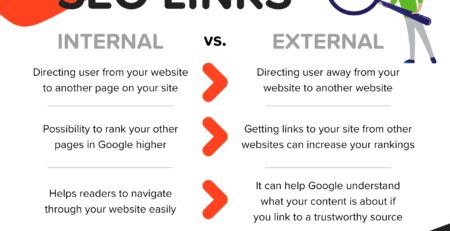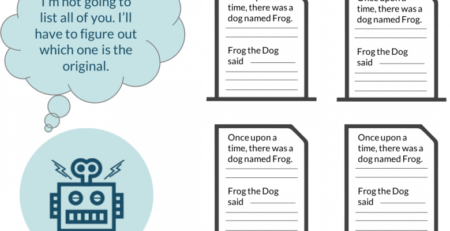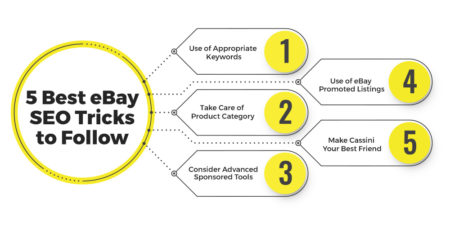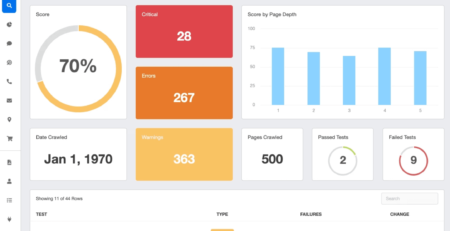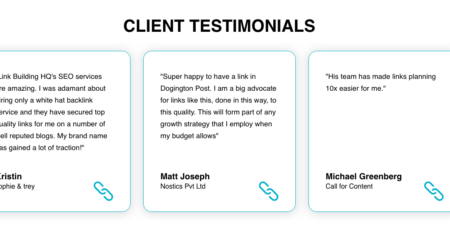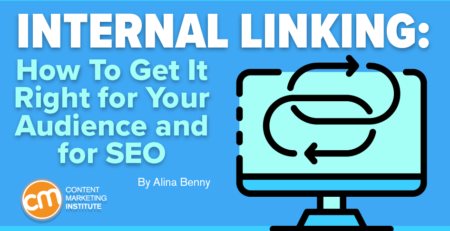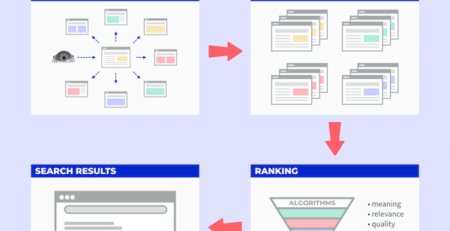How Many Internal Links Per Page Seo?
Do you ever wonder how many internal links you should include on a web page for optimal SEO? Well, you’ve come to the right place! In this article, we’ll dive into the world of internal linking and explore how many links you should aim for on each page. So, let’s unravel this SEO puzzle together!
Internal links play a crucial role in guiding users through your website and signaling to search engines the importance of different pages. But how many should you add to a single page? It’s a question many website owners ask, and we’re here to shed some light on the subject. So, grab a seat and get ready to decode the perfect internal link strategy!
Ready to take a deep dive into the intriguing world of SEO? Fantastic! In this article, we’ll answer one burning question: “How many internal links should you have on each page?” Buckle up and prepare for a great adventure as we uncover the secrets of optimizing your website’s structure and enhancing your search engine rankings. Let’s get started!
When it comes to SEO, understanding how many internal links per page is important for optimizing your website. While there’s no fixed number, it’s generally recommended to have multiple internal links on each page. This helps search engines discover and index your content more effectively, improving your website’s visibility. Keep in mind that the internal links should be relevant and provide value to users. So, focus on creating a well-structured website with interlinked pages that enhance the user experience and boost your SEO efforts.
How Many Internal Links Per Page SEO?
Internal linking plays a crucial role in search engine optimization (SEO) as it helps search engines understand the structure of your website and the relevance of your content. However, it’s important to strike a balance when it comes to the number of internal links you include on a page. Too few links may not provide sufficient context, while an excessive number of links may dilute the authority and relevance of your content. In this article, we will explore the optimal number of internal links per page for SEO and provide you with useful tips for implementing them effectively.
1. Understanding the Importance of Internal Links
Internal links are hyperlinks that connect different pages within the same website. These links allow users to navigate through your website and help search engines discover and index your content. When you include internal links, you create a web of connections that enhance the user experience and improve SEO.
Firstly, internal links help distribute link equity or authority throughout your website. The more internal links a page has, the more authority it can pass on to other pages. This can improve the visibility of your pages in search engine results.
Secondly, internal links help search engines crawl and index your website more effectively. When search engine bots encounter a link, they follow it to discover more content. By strategically placing internal links, you can ensure that all your important pages are discovered and indexed.
Lastly, internal links enhance the user experience by making it easier for visitors to navigate your website. When you link related content, users can easily find additional information or resources, increasing their engagement with your website.
The Benefits of Internal Links:
1. Improved search engine visibility and rankings.
2. Efficient crawling and indexing of your website by search engines.
3. Enhanced user experience and increased engagement.
4. Increased page authority and ranking potential.
2. Finding the Optimal Number of Internal Links Per Page
While internal links are beneficial for SEO, there is no one-size-fits-all answer to how many internal links you should include on a page. It depends on various factors such as the length of your content, the complexity of your website structure, and the purpose of the page.
As a general guideline, aim for 2-5 internal links per 500 words of content. This ensures that you provide enough context for search engines to understand the relevance of your content without overwhelming the page with excessive links.
Consider the user experience as well. Too many links can be distracting and make it difficult for users to focus on the main content. Keep in mind the purpose of the page and choose links that enhance the user journey and provide valuable information or resources.
It’s also important to diversify your anchor text when creating internal links. Use descriptive and relevant anchor text that accurately represents the content of the linked page. This helps search engines and users understand the context of the linked page and its relation to the current page.
Tips for Maximizing Internal Linking:
1. Align internal links with user intent and the topic of the page.
2. Use descriptive anchor text that accurately represents the linked page’s content.
3. Prioritize linking to authoritative and relevant pages.
4. Consider the hierarchy of your website structure when linking between pages.
5. Regularly update and audit your internal links to ensure relevance and functionality.
The Impact of Internal Links on SEO
Internal links have a significant impact on your website’s SEO. When implemented correctly, they can improve search engine visibility, user experience, and overall website authority. Let’s explore some of the key benefits of internal links in more detail.
1. Improved Website Crawling and Indexing
Search engines rely on crawling to discover and index web pages. By including internal links, you provide a pathway for search engine bots to navigate through your website, ensuring that all your important pages are indexed.
When search engine bots encounter an internal link, they follow it to discover new content. This allows them to explore deeper into your website, uncovering relevant pages that might not be easily accessible from the main navigation or sitemap. As a result, your website is more likely to be fully crawled and indexed.
The Impact on SEO:
1. Increased visibility in search engine results.
2. More pages indexed, leading to a higher chance of ranking for relevant keywords.
3. Improved organic traffic potential as more pages are discoverable.
2. Enhanced User Experience and Engagement
Internal links offer a seamless navigation experience for users, enabling them to find related content easily. Users can explore different sections of your website, discover additional information, and engage with your content for longer periods.
By linking to relevant and valuable content within your website, you increase the chances of retaining visitors and reducing bounce rates. Engaged users are more likely to share your content, spend more time on your website, and convert into leads or customers.
The Impact on SEO:
1. Reduced bounce rates, indicating high user engagement.
2. Longer average session durations.
3. Increased likelihood of social sharing and brand visibility.
3. Distributing Authority and Ranking Potential
Internal links play a crucial role in distributing authority or link equity throughout your website. When one page links to another, it passes a portion of its authority to the linked page. This can help optimize the visibility and ranking potential of your important pages.
Strategically linking to cornerstone content or high-converting pages can boost their authority, making them more likely to rank well in search engine results. By linking internally, you signal to search engines that the linked pages are valuable and relevant.
The Impact on SEO:
1. Increased visibility and ranking potential for linked pages.
2. Improved domain authority and credibility.
3. Enhanced optimization of important pages.
Common Mistakes to Avoid with Internal Links
While internal links can greatly benefit your website’s SEO, it’s important to avoid common mistakes that can negatively impact your rankings and user experience. Let’s explore some of these pitfalls and how to avoid them.
1. Over-Optimizing Anchor Text
Using overly optimized anchor text, commonly known as keyword stuffing, can trigger search engine penalties and make your links appear unnatural. Instead, focus on using descriptive and relevant anchor text that accurately represents the linked page’s content.
For example, rather than using “best SEO tips” as the anchor text for every internal link, vary the anchor text to include phrases like “useful SEO techniques,” “effective optimization strategies,” or “improving search engine rankings.” This provides more context to search engines and users while avoiding potential penalties.
2. Neglecting Relevant and Authoritative Pages
When creating internal links, it’s important to prioritize linking to relevant and authoritative pages. Linking to low-quality or irrelevant pages can dilute the authority of your main content and harm your SEO efforts. Carefully consider the value and relevance of the linked page before including it in your internal link structure.
3. Using Excessive or Unnecessary Internal Links
While internal links are important for SEO, using excessive or unnecessary links can be counterproductive. Too many links can confuse users, clutter the page, and dilute the authority passed through each link.
Focus on including links that enhance the user experience and provide valuable information. Only link to pages that are relevant and closely related to the current content. Eliminate unnecessary or redundant links to maintain a clean and user-friendly website structure.
In conclusion, internal links are a powerful tool for improving your website’s SEO. By strategically incorporating them into your content, you can enhance search engine visibility, improve the user experience, and optimize the authority and relevance of your pages. Remember to find a balance when it comes to the number of internal links per page, keeping the user experience and SEO benefits in mind. Regularly audit and update your internal links to ensure maximum effectiveness.
Key Takeaways: How Many Internal Links Per Page SEO?
- Internal links help improve SEO by directing traffic to other relevant pages on your website.
- Having too many internal links can be overwhelming for users and dilute the link juice.
- Aim for a reasonable number of internal links per page, focusing on quality and relevancy.
- Consider the length of your content and the user experience when determining the number of internal links.
- Regularly monitor and update your internal links to ensure they remain relevant and beneficial to users.
Frequently Asked Questions
When it comes to optimizing my website for SEO, I want to ensure that I am making the most of my internal links. Below are some common questions people have about how many internal links should be included on each page:
1. Why are internal links important for SEO?
Internal links play a vital role in SEO because they help search engines understand the structure and hierarchy of your website. These links also allow users to navigate through your website easily, improving their overall experience. Additionally, internal links can help distribute link authority and improve the visibility of your pages in search engine results.
When it comes to the number of internal links, there is no set rule or specific number that guarantees success. The goal is to provide enough internal links to guide users through your website and help search engines crawl and index your content effectively.
2. How many internal links should I include on each page?
There is no definitive answer to this question as it depends on various factors, including the length and content of your page. Generally, it is recommended to include enough internal links to provide value and context to the reader. A good practice is to have at least two to five internal links per page, but don’t force them if they don’t naturally fit within the content.
Focus on linking to relevant and related pages that provide additional information or resources for your readers. Avoid excessive linking or creating a cluttered appearance, as this can negatively impact user experience and SEO.
3. Can having too many internal links hurt my SEO?
While it’s important to include internal links, having an excessive amount of them can potentially hurt your SEO. When search engines crawl your website, they prioritize quality over quantity. If you overload your pages with too many internal links, search engines may perceive it as manipulative or spammy.
Keep in mind that search engines strive to provide the best user experience, so it’s crucial to maintain a natural linking structure. Focus on relevant and valuable internal links that enhance the reader’s experience and help them navigate your site seamlessly.
4. What types of pages should I prioritize linking to?
When determining which pages to prioritize for internal linking, consider linking to cornerstone content that is authoritative, relevant, and comprehensive. These are the pages that you want to rank highly in search engine results.
Additionally, consider linking to pages that offer additional information, supporting evidence, or related resources. By linking to these pages, you provide a more comprehensive experience for your readers and signal to search engines the interconnectedness of your content.
5. How can I optimize my internal links for SEO?
Optimizing your internal links for SEO involves a few key strategies. First, ensure that all internal links use descriptive anchor text. This helps search engines understand the content of the linked page.
Second, regularly audit your internal links to identify and fix any broken or outdated links. Broken links can negatively impact user experience and SEO. Lastly, monitor your website’s link structure to ensure it is well-organized, intuitive, and helps both users and search engines navigate through your content smoothly.
Summary
So, here’s what you need to know about internal links for SEO. Internal links are important because they help search engines understand your website better. You should aim for a reasonable number of internal links per page to avoid overwhelming the reader. Make sure your links are relevant and add value to the user experience. Too many links can be distracting and confusing. Lastly, remember to use anchor text that accurately describes the linked page. By following these guidelines, you can improve your website’s SEO and provide a better user experience for your visitors.

